We're back from our last article about the origins of Yoh tanks. This time, we'll explore the "Emergency Traction" system and how it works.
The wonders of Yoh tanks don't just stop at their tracks. Let's have a look at more plans.
Tank Plan: The Automatic Gun
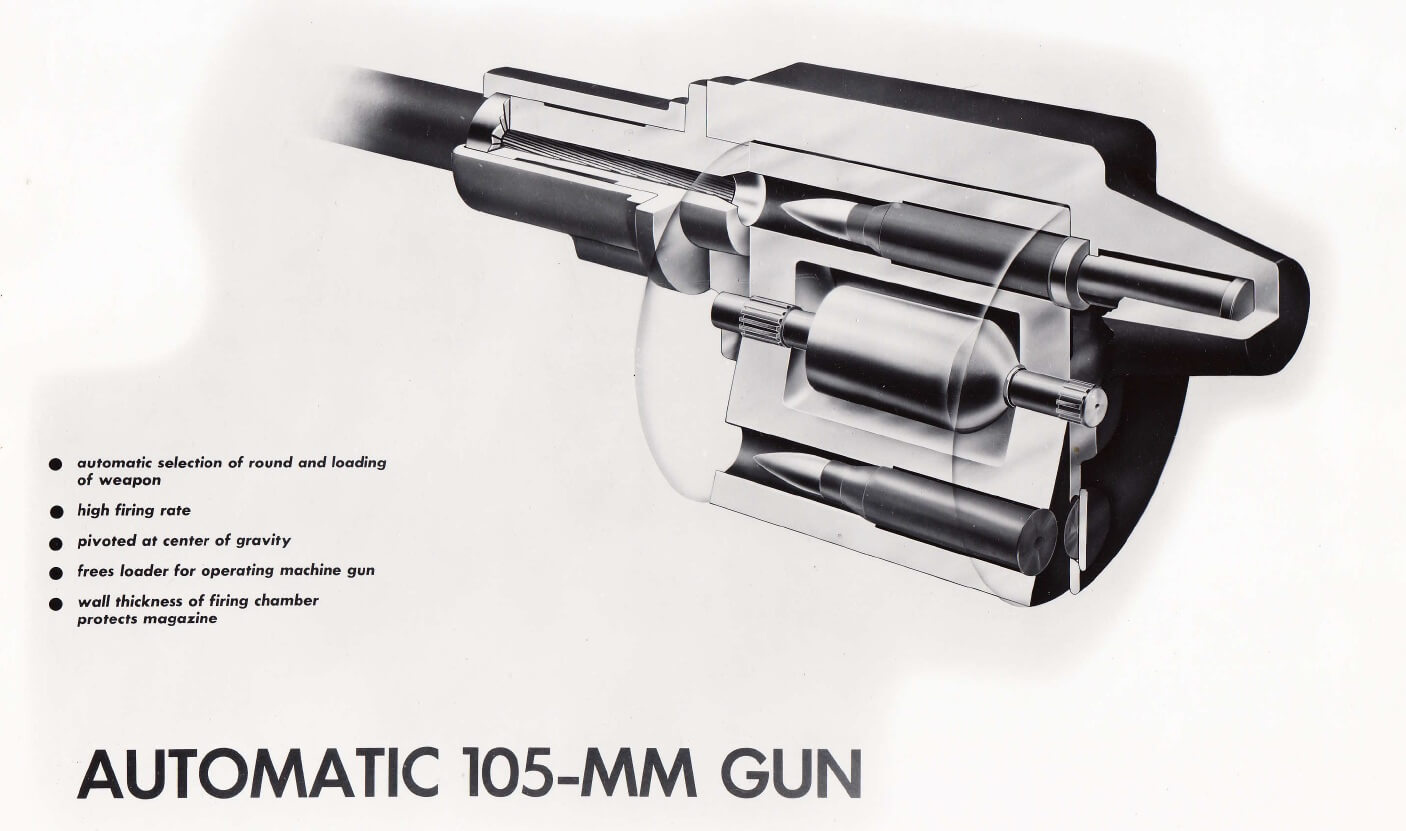
A revolving magazine housed the necessary rounds of 105-mm ammunition. By remote selection, the magazine indexed until the desired round was in line with the gun. A plunger that housed the firing mechanism then moved the shell into the gun tube and locked to provide obturation. As the projectile moved forward when fired, it passed a port permitting gas pressure to unlock the breech plunger. Some of the remaining gas pressure forced the empty casing back into the magazine with the breech plunger behind it. The gun would then be ready to receive the next round.
M1128 Striker MGS revolver type autoloader
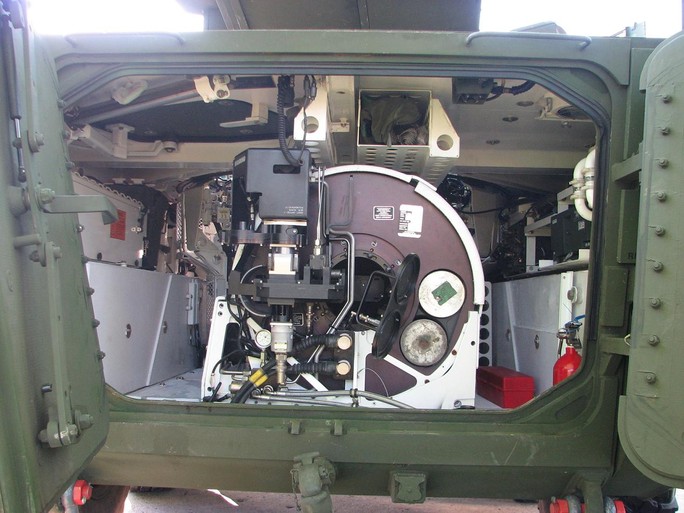
Perhaps the most pressing problem was that it looks like the entire revolver was permanently affixed to the gun, thus adding to the gun’s overall weight (and difficulty in moving it), and of course, the amount of room it needed to move up and down.
That may be something which could be fixed by adding a sliding block system, but a lot of space would be needed. Gun recoil handling is unclear, but it looked like a zero-recoil system.
Tank Plan: Track Within a Track
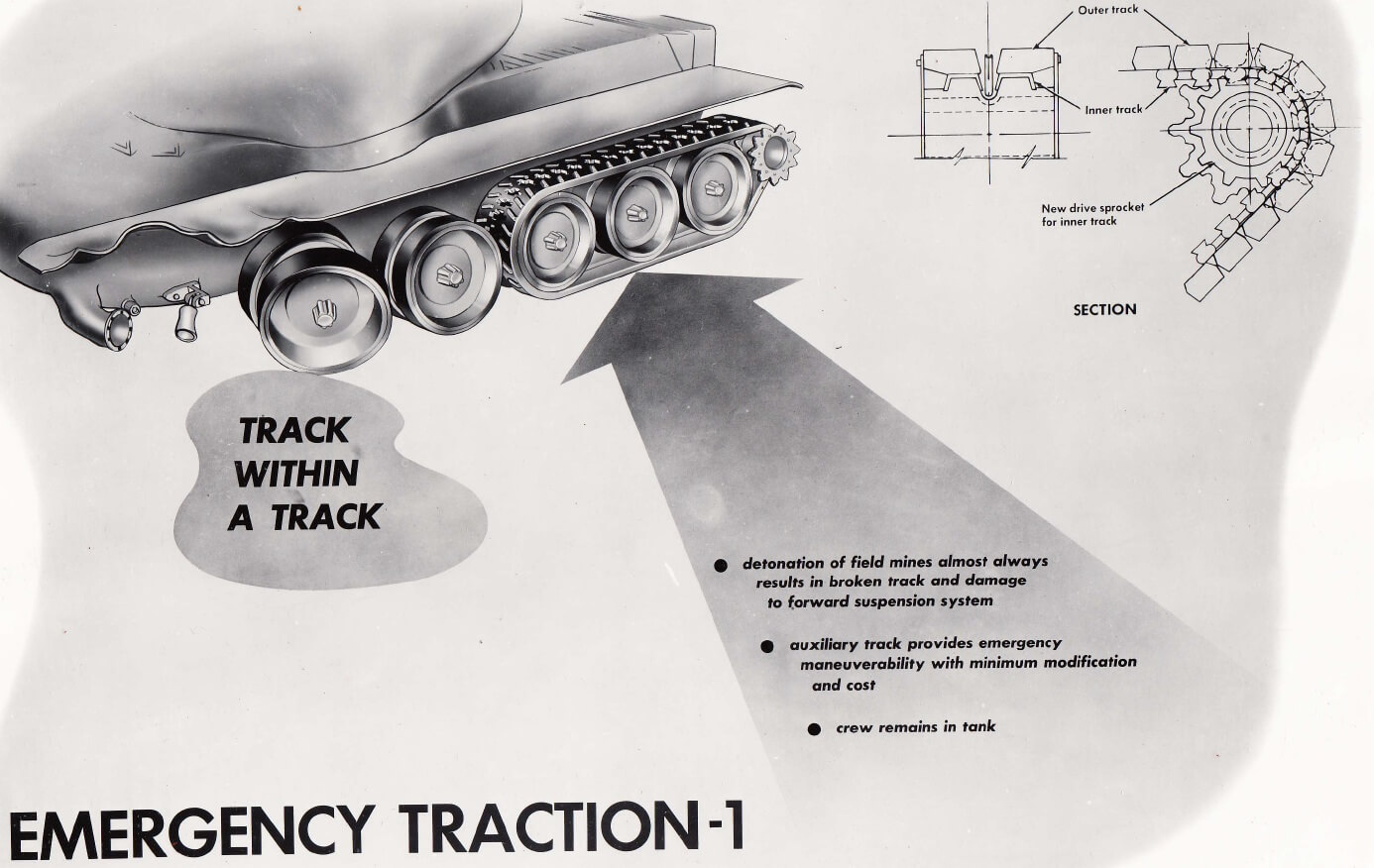
The "track within a track" was a method of applying power to the bogie wheels in an emergency. It was mounted between the rear three wheels and the main track, and was driven by the main drive sprocket. It was available at all times in the event the main track was thrown, damaged by a land mine or subjected to enemy fire. When the main track was lost it would be unnecessary for the crew to expose themselves while making repairs. Its additional weight was negligible. If it was the means of saving the crew and tank, the cost would have been insignificant.
It is an amusing thought that if the track was broken, pieces of suspension etc. would be flung clear and that the "inner" track would simply allow movement without restriction. There are other possible ways that the "full" track could foul the system and require the crew to dismount before the inner track could be used.
Still, the "track within a track" idea was far more sensible than the alternate proposal.
Tank Plan: The Walker Alternative
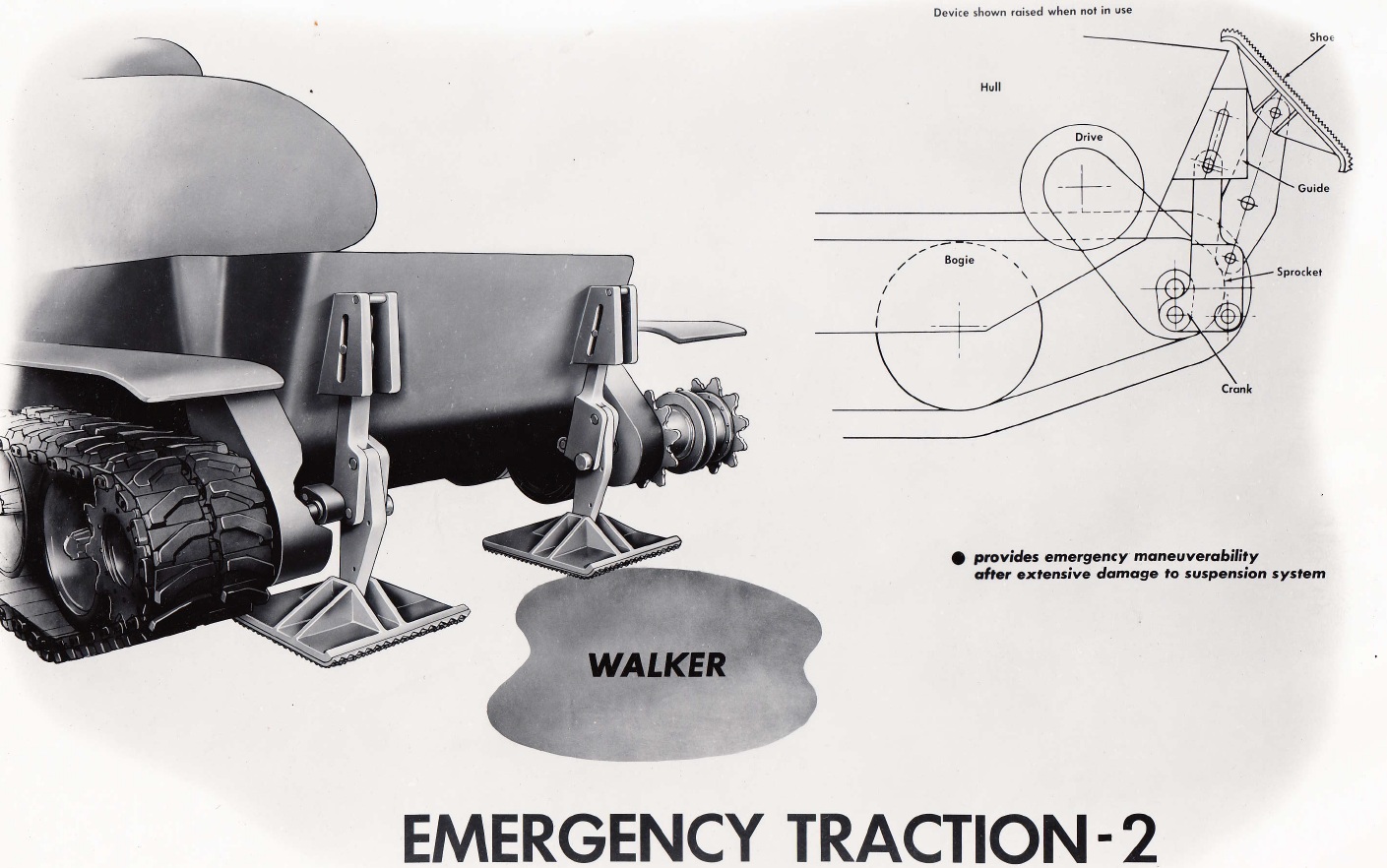
The walking device was an unconventional method for providing traction in an emergency. Each foot was powered from the same shaft as the main sprockets and may be driven independently in either direction. The device was engaged from within the tank when track damage occurred.
Overall Heavy Tank Plan
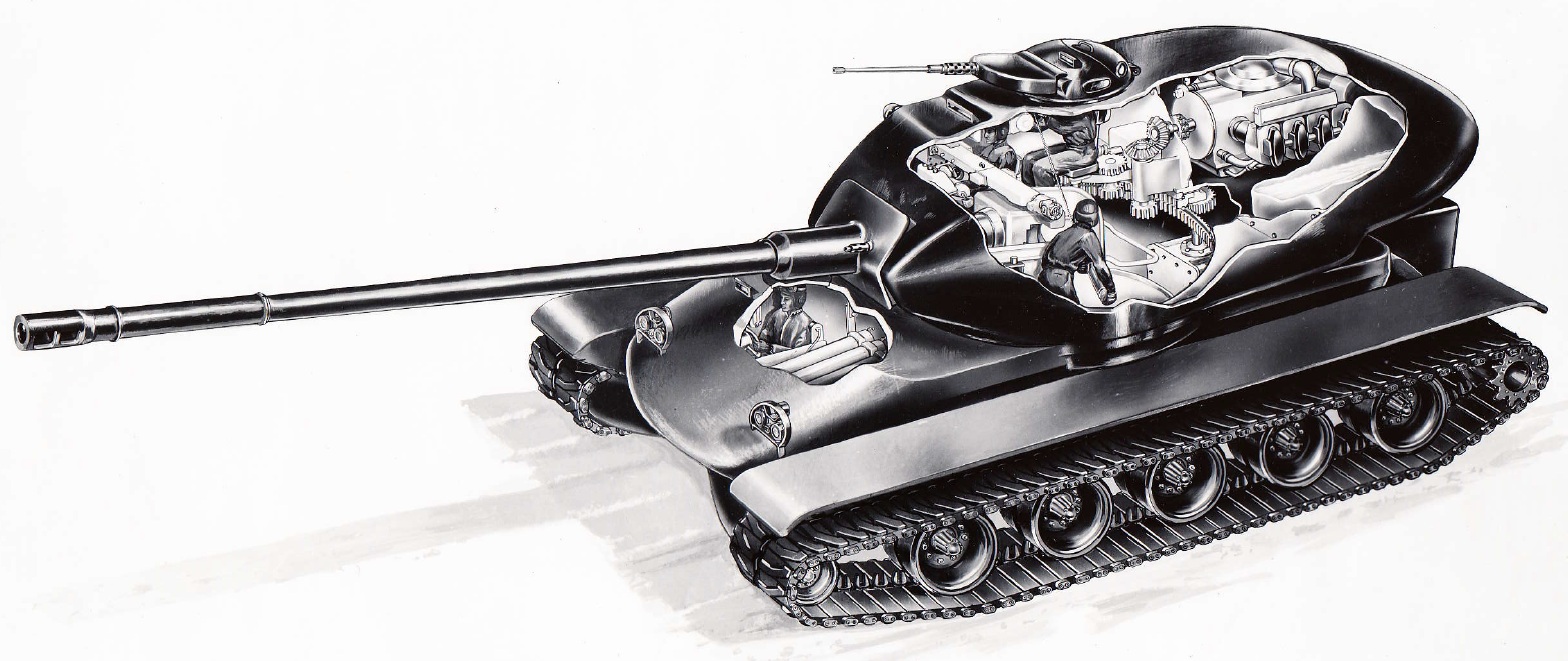
The supposed benefits:
- Engine in turret balanced gun
- Eliminated need for counterweight in bustle
- Gun pointed forward in normal traveling position
- Adequate turret space for crew
- Allowed shorter and lighter hull
- Provided space for 60 rounds of ammunition
- Greater fuel storage capacity
What's worth noting, however, was the concept of the better part of a thousand horsepower being transmitted by way of an independently-rotating double-sided gear ring under the turret traverse gear ring. In addition to the sheer bizarreness of the idea, the other thing that's questionable was the problem of the torque trying to push the turret in the other direction. There would likely be significant power loss compensating for that.
While Yoh tanks never made it to production in history, they are now available in World of Tanks!
Good luck on the battlefield!